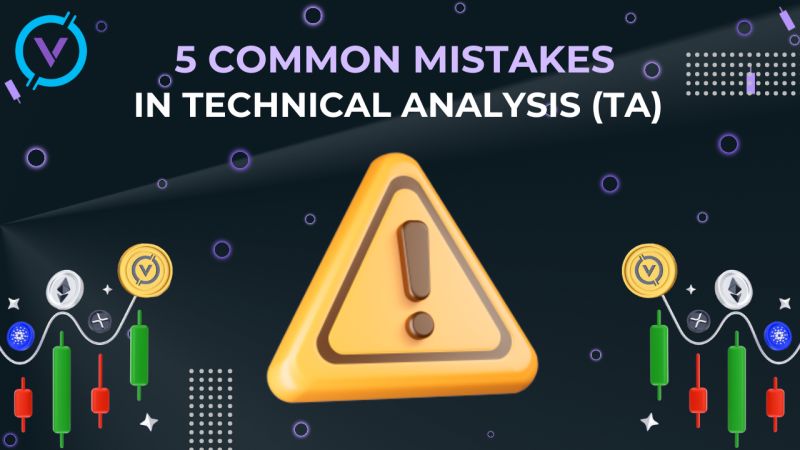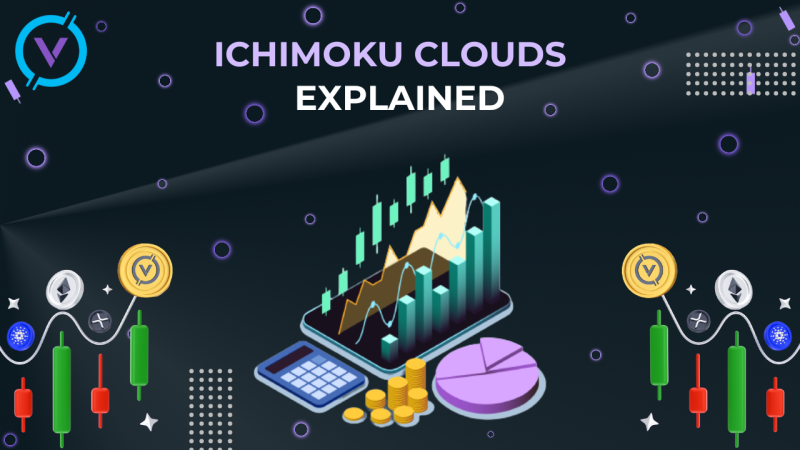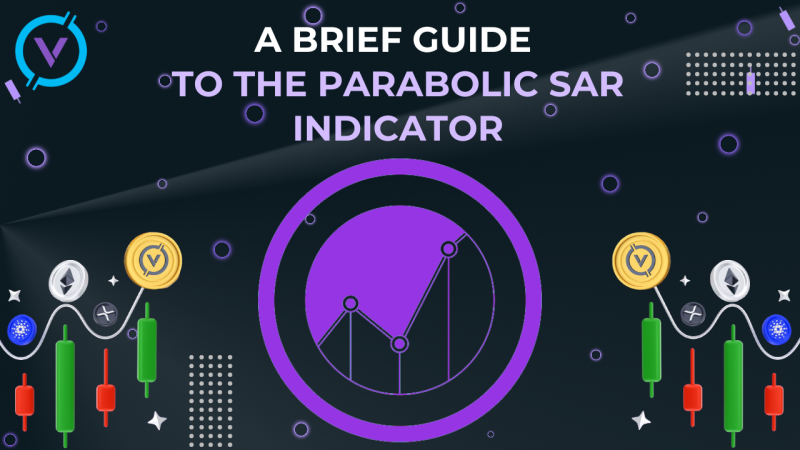The conception
‘Every cloud has a silver lining’, says the proverb. We can add: ‘Imagine, that there is here: and vice versa, too’. In every technology, some disadvantages can be found. We should always pay attention to them. For instance, separate blockchains cannot interact with another. Introducing interoperability between different chains may really lead to the interchange of any information, and eventually more dynamic apps as well as services.
Programmers tried to ‘make a bridge’ among blockchains some time ago. This method helps chain point A to communicate with chain point B and the other way round. Nevertheless, interchanging among a lot of (there may be hundreds and thousands) blockchains simultaneously remains an urgent problem. Well, Polkadot's team is sure a marvelous mixture may be made in our brightest future.
What does Polkadot mean?
Polkadot is an open-source protocol that can be used by anybody. It is believed to be the great stairs in the growth of the blockchain sphere. Polkadot is an idea firstly created by Doctor Wood. He is an initiator of Ethereum. The main aims of the team are to concentrate on its efforts on safety, ease of use, as well as changes. In order to fulfill it, significant infrastructure should be created both to support modern concepts and ideas and make sure that appropriate interoperability is possible to be obtained.
If we are speaking about the Polkadot world, an individual blockchain here is a parachain (it means parallel blockchain). Simultaneously the major chain can be named the Relay Chain. The great news is that parachains and the Relay Chain may exchange data very easily whenever.
It should be noted that cross-blockchain transfers of both information and benefits were impossible to a large degree some time ago. Making cross-chain apps, goods, and services will become much simpler with the design.
Safety and validating the information among various parachains is fulfilled with the help of network confirmations, where not a big number of these validators can make multiple parachains safe. Additionally, the validators will also ensure transactions can unfold across different parachains in order to advance ease of use.
Features of Polkadot
Why do programmers like using Polkadot? The matter is that there are a lot of pros. Because of the restricted character of blockchains nowadays, it becomes obvious that there are some main points to direct: scaling, customization, interoperability, governance, and upgradeability.
Additionally, Polkadot examines a great variety of boxes. In this case it behaves as a multichain network. It will let it operate transfers in parallel across various individual chains. It deletes one of the biggest roadblocks connected with blockchain technology at present time. Parallel processing is a significant improvement and can pave the way for broader global blockchain adoption.
Ones who would like customization can tap into different attributes offered by Polkadot. Nowadays, there is no ‘unique blockchain infrastructure to govern all’. All projects have their individual necessities and demands. In this case, Polkadot lets each individual chain have its design made for that specific functionality.
What about interoperability, the fact that projects and apps split information effortlessly is a great part. For instance, it remains to be seen what kind of goods and services this will make, so there are a lot of conceivable use options. It can make a totally new financial ecosystem.
All companies connected with a certain parachain can rule their network because they see fit. What is more, all companies are key to the future administration of Polkadot all in all. Obtaining feedback from companies can give worthy insights that develop projects steadily.
Besides, Polkadot lets advance individual parachains in a simple way. It is not necessary for hard forks, because it can shatter companies. Alternatively, the native chain can be advanced in an easy-flowing way.
The DOT token
Of course, Polkadot has its own native token. It is because of the fact that Polkadot is like other different blockchain infrastructure projects. DOT is a network token. Along with ETH for Ethereum and BTC for Bitcoin.
We can find some use cases for the token. To begin with, it allows token owners with governance rights of the whole Polkadot system. This consists of controlling network fees, voting on all network upgrades, and the deployment or deleting of parachains.
Secondly, DOT can be used for bonding. This is necessary when new parachains are attached to the Polkadot ecosystem. When it is time for a bonding period, the bonded DOT is engaged. It is revealed when the bond time has ended and the parachain is removed from the ecosystem.
Staking and bonding on Polkadot
It should be noted that Polkadot's way of interoperability excels the exchange of information and assets. It is also a great method of introducing new ideas, for example incentivizing fair token staking and bonding tokens.
Staking tokens on a blockchain network cannot be called a new idea. Proof of Stake (PoS) is concerned, this consensus model works by rewarding users for staking coins on the network. With Polkadot, honest stakers are rewarded, while bad actors can lose their entire stake.
As we’ve mentioned, every new parachain is added by bonding DOT tokens. Bonding refers to committing tokens to the network for a specific period of time.
Closing thoughts
A lot of objects that can make Polkadot nice to programmers. It is a sphere that can cater to individual coders, and small businesses and huge companies. They can use custom blockchains to fit extra needs, and advancing them without inconvenience is a novel idea that could be worthy for the whole crypto space.
Additionally, Polkadot remains a very modern ecosystem. Of course, launching a great project takes a lot of time. As for PolkaProject, there are many projects being developed, spanning from wallets to infrastructure projects, tooling, apps, and so on.
What about DOT, the Polkadot makers declared this is not a token made for speculation. Even though it has a monetary value on exchanges, it is firstly created for the aims already defined.
Just keep going!


